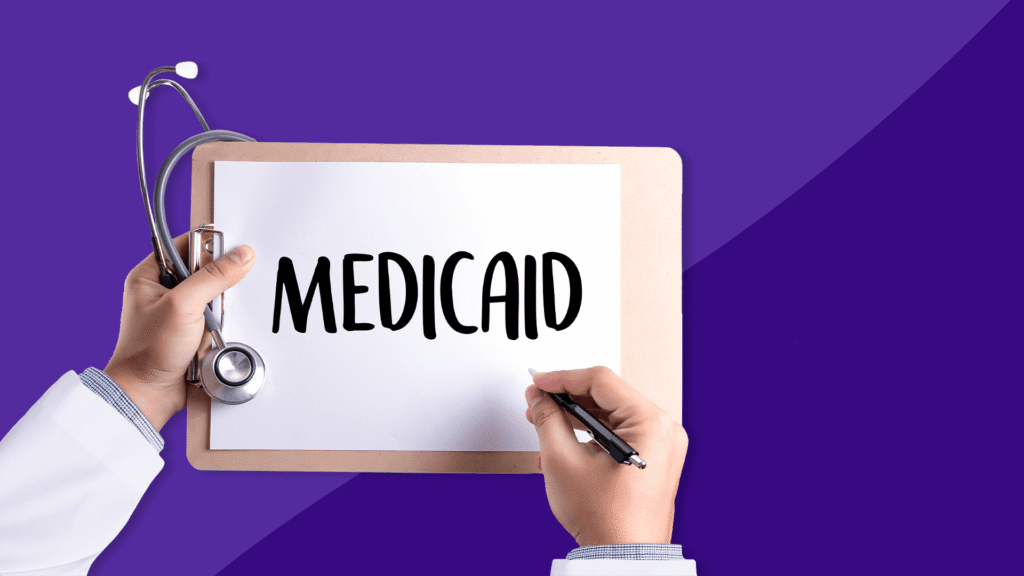Health care costs are soaring, making health insurance more important than ever for individuals and families. While the market is full of coverage options, finding a plan that’s both affordable and comprehensive can be challenging. The key lies in understanding your needs, evaluating available plans, and choosing wisely based on your budget, health condition, and life situation.
In this article, we’ll explore how to find affordable health insurance plans, review popular types, highlight government subsidies, and share tips to maximize your coverage without overpaying.
Why Health Insurance Matters

Protecting Against High Medical Costs
Health insurance shields you from excessive out-of-pocket expenses for doctor visits, hospitalizations, surgeries, and prescription drugs.
Ensuring Preventive Care
Most plans cover preventive services like screenings, vaccines, and annual checkups, helping detect issues early and avoid costly future treatments.
Reducing Financial Stress
Unexpected health emergencies can lead to major financial setbacks. Insurance provides peace of mind and financial stability.
What Makes a Health Insurance Plan Affordable?
Affordability is not just about the monthly premium. A truly affordable plan balances premium, deductibles, out-of-pocket costs, and coverage.
Key Cost Elements
- Premium: The amount paid monthly for coverage
- Deductible: The amount you pay before insurance kicks in
- Copayment/Coinsurance: Your share of medical costs
- Out-of-Pocket Maximum: The maximum you’ll pay in a year
Consider Total Cost of Ownership
Look beyond low premiums. Sometimes, a slightly higher monthly premium can mean lower out-of-pocket costs overall.
Types of Affordable Health Insurance Plans
1. Marketplace (ACA) Health Plans
Under the Affordable Care Act (ACA), individuals and families can shop for plans through government-run marketplaces like HealthCare.gov.
Benefits
- Subsidies available based on income
- Coverage for essential health benefits
- Cannot be denied due to pre-existing conditions
- Pediatric dental and vision coverage included
Categories
- Bronze: Lowest premiums, highest out-of-pocket costs
- Silver: Moderate premiums and cost-sharing
- Gold: Higher premiums, lower deductibles
- Platinum: Highest premiums, lowest out-of-pocket costs
2. Medicaid

Medicaid is a state and federally funded program for low-income individuals and families.
Eligibility
- Based on income level, family size, and state rules
- Covers children, pregnant women, seniors, and disabled individuals
- Expansion under the ACA covers more low-income adults in most states
Pros
- Little to no premium
- Comprehensive coverage
- Includes long-term care in some states
3. Employer-Sponsored Health Insurance
Offered through your job, these plans are often subsidized by your employer, making them affordable.
Key Features
- Lower premiums through group rates
- Employer contributes to your premium
- Family coverage may be available
- Typically includes dental and vision as optional add-ons
4. Health Sharing Plans
Health sharing ministries or cooperatives are not insurance, but a pool where members share healthcare costs.
Pros
- Lower monthly costs than traditional insurance
- May cover large medical expenses
- Often values-based communities (religious groups)
Cons
- Not regulated like insurance
- Limited coverage and exclusions
- Pre-existing conditions may not be covered
5. Catastrophic Health Insurance
Designed for people under 30 or with a hardship exemption, these plans have low premiums but very high deductibles.
Ideal For
- Healthy individuals who want to cover only serious medical issues
- Those who can afford to self-pay for regular care
6. Short-Term Health Insurance
Temporary insurance providing coverage for 30 days up to 12 months.
Use Cases
- Coverage gap between jobs
- Waiting for new employer coverage
- Recent college graduates
Drawbacks
- Limited benefits
- May exclude pre-existing conditions
- Not ACA-compliant
Government Subsidies That Make Insurance Affordable

Premium Tax Credits
Reduce your monthly premium based on income and household size.
Cost-Sharing Reductions
Lower your out-of-pocket costs if you choose a Silver plan on the marketplace and meet income criteria.
Medicaid Expansion
Some states expanded Medicaid eligibility, covering more adults and reducing uninsured rates dramatically.
Best Affordable Health Insurance Providers in 2025
1. Blue Cross Blue Shield
- Widely accepted
- Multiple plan tiers available
- Strong nationwide network
2. Kaiser Permanente
- Great for integrated care (doctors, pharmacy, and hospital in one)
- Affordable HMO plans
- Excellent preventive care focus
3. Oscar Health
- Modern, tech-driven interface
- 24/7 telehealth and mobile app management
- Competitive pricing in select states
4. Molina Healthcare
- Offers low-cost plans on the ACA marketplace
- Focused on underserved communities
- Good for Medicaid and Medicare recipients
5. UnitedHealthcare
- Large provider network
- Offers HSAs and multiple tiers
- Helpful for families needing wide access
How to Choose the Right Plan for You
Step 1: Assess Your Needs
- Do you need coverage for your family or just yourself?
- Do you have pre-existing conditions?
- How often do you visit the doctor?
Step 2: Estimate Annual Costs
Consider:
- Premiums
- Expected out-of-pocket expenses
- Copays for routine visits and prescriptions
Step 3: Compare Plans Side by Side
Use online tools to compare plans based on:
- Monthly premium
- Deductible
- Prescription coverage
- Provider networks
Step 4: Check Provider Networks
Ensure your preferred doctors, hospitals, and specialists are in-network to avoid unexpected bills.
Step 5: Consider Supplemental Coverage
You might need:
- Dental and Vision Insurance
- Hospital Indemnity Insurance
- Accident or Critical Illness Plans
Tips to Reduce Health Insurance Costs
Enroll During Open Enrollment
Missing open enrollment means limited options unless you qualify for a special enrollment period.
Use a Health Savings Account (HSA)
If you have a high-deductible plan, you can contribute pre-tax dollars into an HSA for medical expenses.
Look for Discounts
Some insurers offer:
- Wellness program rewards
- Gym memberships
- Premium reductions for healthy behaviors
Choose Telehealth
Using virtual visits can significantly reduce your copayments and doctor visit costs.
Also Read : Understanding Financial Protection: How Insurance Shields Your Future
Conclusion
Health insurance is essential for protecting your physical and financial well-being. Affordable options do exist—you just need to understand your needs, research your options, and take advantage of available subsidies and programs.
Whether you’re an individual, couple, or family, finding the right plan is achievable. From ACA marketplace plans and Medicaid to short-term coverage and employer-sponsored options, there is no one-size-fits-all—but there is a fit for everyone.
Being proactive in your search can mean comprehensive coverage at an affordable price, giving you confidence that your health—and finances—are secure.
Frequently Asked Questions (FAQs)
What is the cheapest type of health insurance?
Medicaid is generally the most affordable, followed by subsidized ACA marketplace Bronze plans. Catastrophic and short-term plans may have low premiums but offer less coverage.
Can I get health insurance if I’m unemployed?
Yes. You may qualify for Medicaid, a subsidized ACA plan, or short-term coverage while between jobs.
Is health insurance required by law in 2025?
While there’s no federal mandate, some states still require health coverage or impose penalties. Check your state’s laws.
How do I know if I qualify for subsidies?
Your eligibility is based on your household income and size. You can check on HealthCare.gov or your state marketplace.
When can I enroll in a health plan?
Open enrollment usually occurs in the fall. You can also enroll during a Special Enrollment Period (SEP) if you experience a life change like job loss or marriage.


